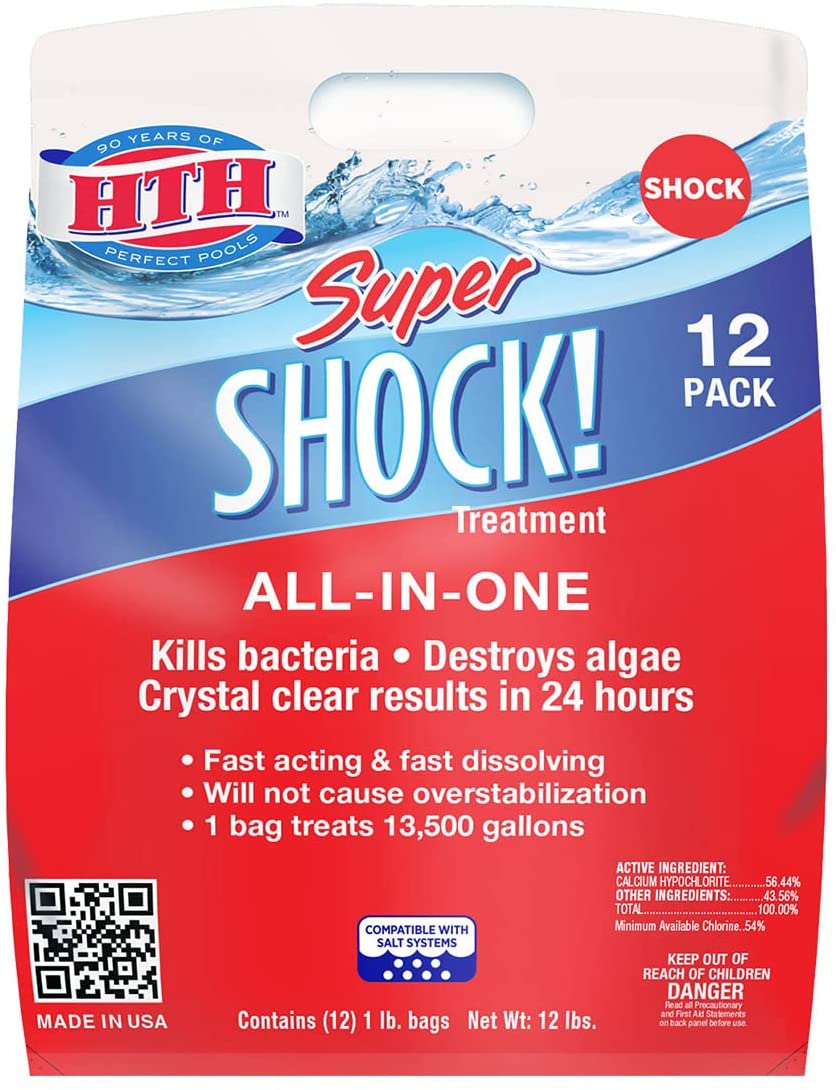A Comprehensive Guide to Identifying, Treating, and Preventing White Water Mold in Home Pools
Introduction
White water mold is a common problem in above ground swimming pools, often mistaken for algae or calcium deposits. It is actually a fungal biofilm caused by a type of aquatic fungus known as Saprolegnia. White water mold can clog filters, impede water circulation, and create an unsightly and unhealthy swimming environment. In this article, we will guide you through the process of identifying, treating, and preventing white water mold in your above ground swimming pool.
Identifying White Water Mold in Your Swimming Pool
White water mold appears as a white or grayish, slimy or cotton-like substance floating on the water surface or clinging to pool surfaces such as walls, floors, ladders, and steps. It can also be found inside skimmer baskets, pumps, and filters. White water mold thrives in pools with poor water circulation, low sanitizer levels, and imbalanced water chemistry.
Treating White Water Mold in Your Above Ground Swimming Pool
- Remove Visible White Water Mold: Begin by manually removing as much visible white water mold as possible using a pool brush, skimmer net, or a cloth. Be sure to clean all affected surfaces and equipment, including skimmer baskets, pumps, and filters.
- Shock Your Pool: After removing the visible white water mold, shock your pool using a high-quality pool shock treatment. Follow the manufacturer’s instructions for the proper dosage and application procedure. Shocking your pool helps eliminate fungi and other contaminants, including white water mold.
- Balance Your Pool Water: Test and adjust your pool water chemistry to maintain optimal levels:
- pH: 7.2-7.8
- Total Alkalinity: 80-120 ppm
- Free Chlorine: 2-4 ppm
- Calcium Hardness: 200-400 ppm
- Vacuum and Brush Your Pool: Thoroughly vacuum and brush your pool to remove any remaining white water mold and debris. Pay special attention to areas where white water mold was previously present.
- Clean Pool Equipment: Disassemble and clean any affected pool equipment, such as skimmer baskets, filters, and pumps, to ensure all traces of white water mold are removed.
- Increase Sanitizer Levels: Temporarily raise your pool’s sanitizer levels to further combat white water mold. Consult the manufacturer’s recommendations for the appropriate levels during treatment.
Preventing White Water Mold in Your Above Ground Swimming Pool
- Maintain Proper Water Chemistry: Regularly test and adjust your pool water chemistry to maintain a balanced and sanitary swimming environment.
- Maintain Sanitizer Levels: Ensure your pool’s sanitizer levels are within the recommended range, whether you use chlorine or an alternative sanitizer.
- Regular Pool Maintenance: Perform routine pool maintenance, including vacuuming, brushing, and skimming, to prevent the accumulation of debris and contaminants that can contribute to white water mold growth.
- Improve Water Circulation: Ensure your pool’s pump and filter system is working efficiently to maintain proper water circulation, which can help prevent white water mold growth in low-flow areas.
- Shock Your Pool Regularly: Periodically shock your pool as part of your regular maintenance routine to prevent the growth of fungi and other contaminants.
Conclusion
White water mold can be a stubborn and unsightly problem in above ground swimming pools, but with proper identification, treatment, and prevention techniques, you can effectively eliminate and prevent its return. By maintaining a balanced and clean swimming environment, you can enjoy a clear, sparkling pool free of white water mold and other contaminants, providing endless hours of fun and relaxation for you and your family.
